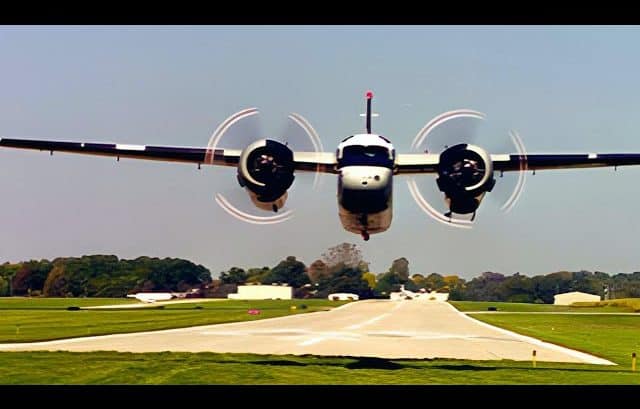The Grumman S-2 Tracker was the very first plane that was specifically designed for anti-submarine warfare.
Although it had a relatively conventional design, it was armed with impressive firepower, entering service with the US Navy in the early 1950s.
Two for One
The aircraft was developed in 1952, replacing the hunter/killer aircraft in anti-submarine warfare operations. The tracker combined the functions of detection and attack into a single war frame.
A Submarine’s Worst Nightmare
The prototype, the S2F model could operate for up to nine hours, providing consistent hunting prowess against enemy submarines especially those of the Soviet Navy.
To detect and pinpoint targets, it was equipped with anti-submarine tools, radar, sonar, and a magnetic anomaly detector. From the outset, it was designed to be a complete anti-submarine solution and was cleared to carry two internal torpedoes.
The Stoof
Throughout their numerous flight hours, Grumman Trackers affectionately named Stoof by the crews, flew thousands of crucial sorties in support of the US efforts to monitor the Soviet submarine menace during the Cold War, particularly during the Cuban Missile Crisis.
Big Change
Eventually, the S2F series was redesignated with the S2F marker. All previous variants were updated and the Grumman aircraft became known as the S2 Tracker.
Bowing Out
As trackers reached the twilight of their remarkable operational service with the US Navy, they were eventually replaced by Lockheed Martin’s S3A Viking.
The Navy Sea Control Squadron 37 also known as the Sawbucks, was the last active duty anti-submarine squadron to retire their S2 trackers in 1976.



